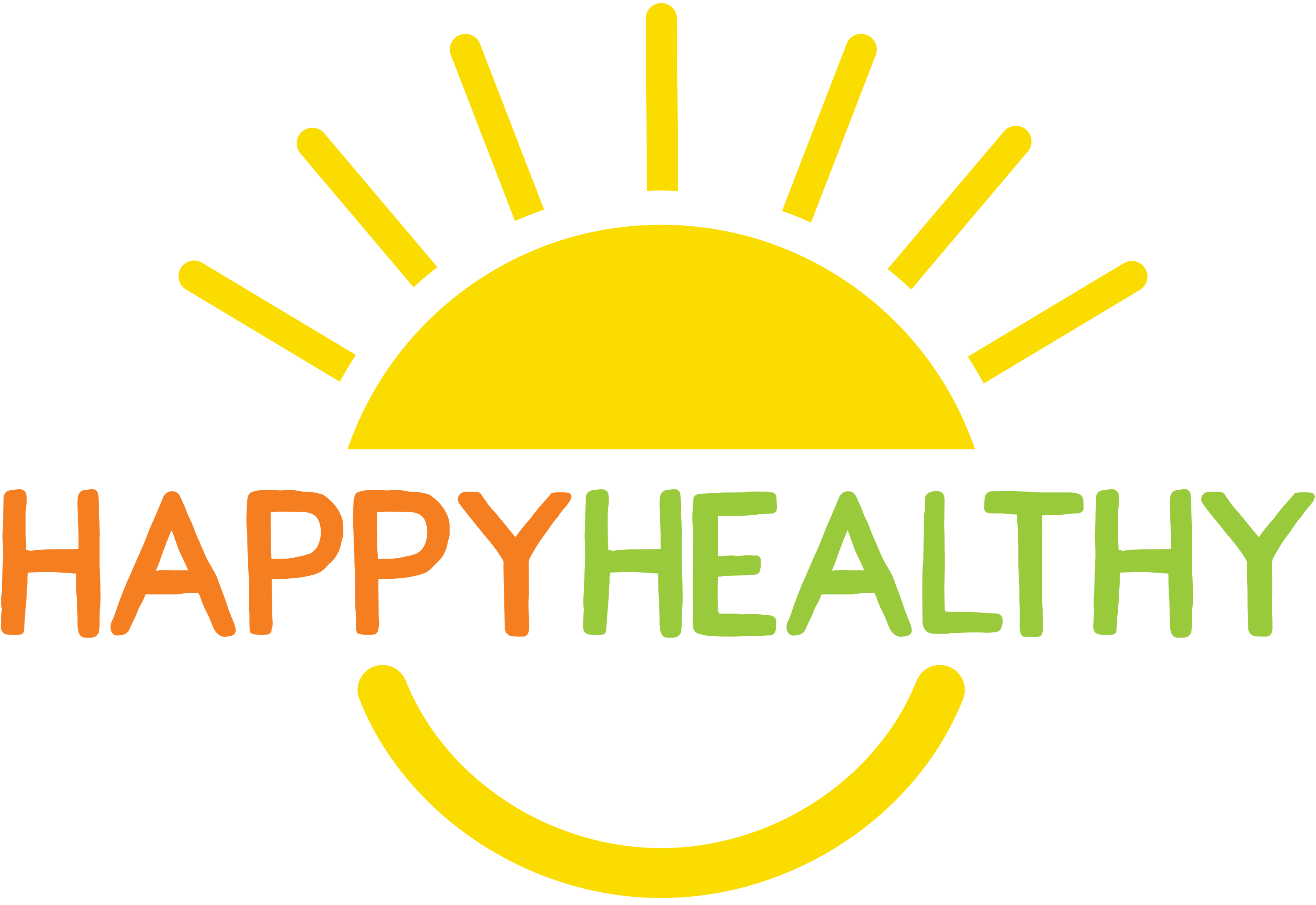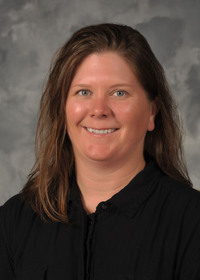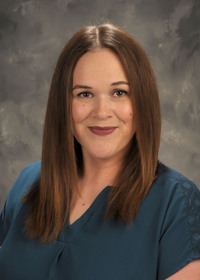HappyHealthy Fact Sheet: Whole Grains

Helping Mississippians live happier, healthier lives!
Do you enjoy eating oatmeal for breakfast? Oatmeal is a whole grain! Mississippi grows whole grains like wheat and oats. Whole grains, like oatmeal, brown rice, popcorn, and barley, contain fiber, vitamins, and minerals that are important for health.
Select
- Look for the word “whole” in the first ingredient.
- Examples: “whole-wheat flour,” “whole-grain durum wheat flour,” “whole-grain corn.”
- The ingredient list is the only way to know if you are buying a whole grain.
- Brown rice, oats, popcorn, and quinoa are always whole grains.
- Choose oatmeal, cereal, cereal bars, and other snacks with little added sugar.
- Select low-salt or no-salt crackers and popcorn.
- Select at least half of your grains from whole grains. There are many whole grains to choose from and enjoy, such as whole-wheat bread, pasta, cereal, and crackers.
Prepare
- Buy or prepare pasta sauces low in fat or sugar.
- Try adding your favorite fruits to whole-grain cereals or oatmeal.
- Use herbs and oils instead of salt and butter to flavor dishes.
Store
- Keep whole grains in sealed containers.
- Store sealed containers in a cool, dry place like a cabinet or pantry.
- Check packaging for expiration dates and recom-mended storage tips.
Benefit
- Eating whole grains regularly has been shown to lower cholesterol and improve heart health, which may help lower the risks for heart disease or stroke.
- Whole grains contain many nutrients, including vitamins, minerals, fiber, protein, and plant compounds that help prevent diseases.
- The fiber in whole grains helps with digestion.
- Those with a gluten allergy or celiac disease should work with their healthcare provider to plan a healthy diet.
Fun with Food
Children Can Help
- Look for the word “whole” in the first ingredient on the nutrition facts label.
- Measure water for cooking whole-grain pasta, rice, or cereal.
What Makes a Grain Whole?
Bran Layers
- most of the fiber
- B vitamins
- protein
- iron and other minerals
- missing from white flour
Endosperm
- protein
- complex carbohydrates (starch)
- iron
- a few of the B vitamins
- a little fiber
- sole source of white flour
Germ
- rich source of vitamin E
- greatest share of B vitamins
- fiber
- iron and other minerals
- phytochemicals that may help lower the risk for heart disease and cancer
- missing from white flour
Some Common Whole-grain Foods
- Amaranth
- Barley (hulled)
- Brown rice
- Buckwheat groats (kasha)
- Bulgur
- Corn
- Millet
- Oatmeal
- Popcorn
- Quinoa
- Rye bread crackers (whole)
- Whole-wheat (100%) bread, cereal, and crackers
- Whole-grain pasta
At least half of all the grains you consume should be whole grains. Increase your whole-grain intake by replacing refined grains with whole grains.
Whole grains are excellent for weight management, blood sugar control, and lowering your risk of heart disease and cancer.
Easy Homemade Granola
- Vegetable oil or vegetable oil cooking spray
- 3 cups uncooked, old-fashioned rolled oats
- 1/4 cup pecan pieces (optional)
- 1/4 cup vegetable oil
- 1/4 cup honey
- 1 teaspoon cinnamon
- Preheat oven to 325ºF.
- Wash your hands well with soap and warm water for at least 20 seconds.
- Coat a baking pan with vegetable oil cooking spray or vegetable oil.
- Add the oats, pecans (optional), oil, honey, and cinnamon to a medium mixing bowl and mix well.
- Spread the mixture evenly on the baking pan, and bake for 20 minutes. Use a spatula to stir the granola to keep it from sticking while cooling.
- Store in an airtight container after cooking.
Learn more
- To learn more about cooking or buying whole grains, visit HappyHealthy.MS and click on Tips and Videos.
- Cook Whole Grains and Pasta
- How to Oatmeal Your Way
@HAPPY HEALTHYMS on Twitter (X)
Publication 4106 (POD-04-25)
By Samantha Willcutt, Mississippi State University Extension Service.
This material was funded by USDA's Supplemental Nutrition Assistance Program - SNAP. This institution is an equal opportunity provider.
The Mississippi State University Extension Service is working to ensure all web content is accessible to all users. If you need assistance accessing any of our content, please email the webteam or call 662-325-2262.







